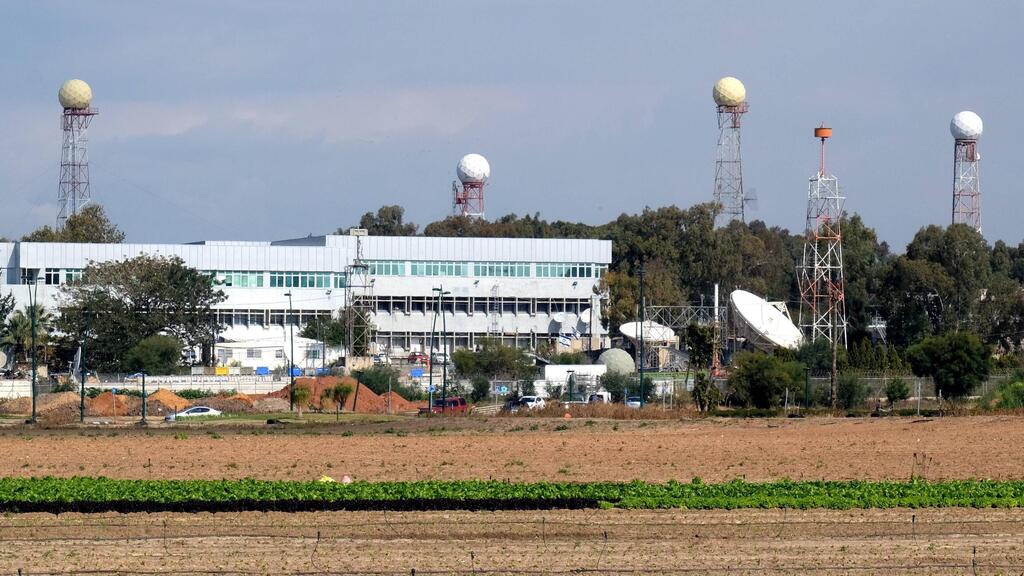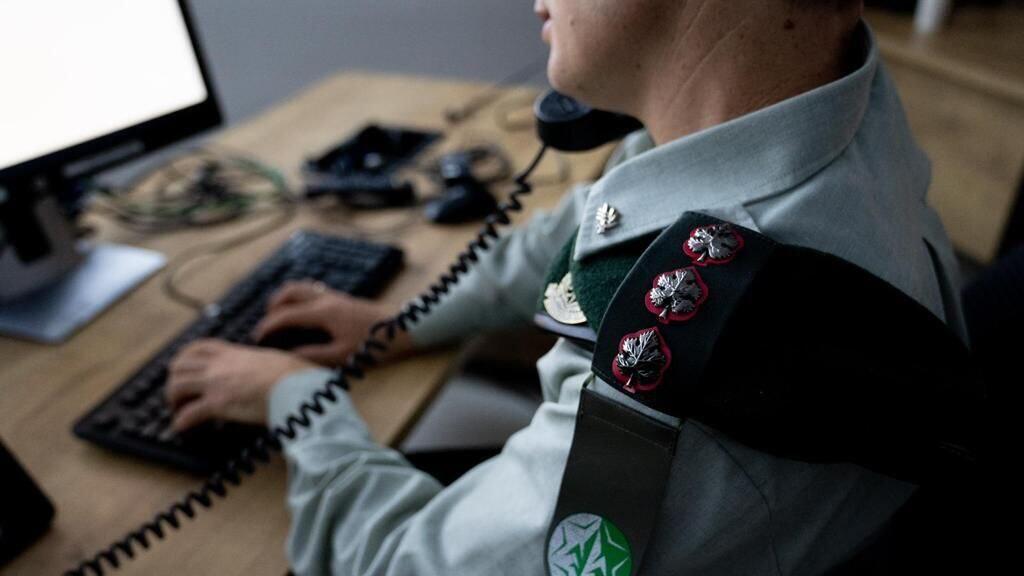Getting your Trinity Audio player ready...
IDF's classified intelligence Unit 8200 has been able to integrate artificial intelligence (AI) technology into its military strategies, including targeted killings, information filtering, and identifying hostages, in what was proven to be a game-changer in the current war, according to a Friday report by the New York Times.
One key example is the elimination of Ibrahim Biari, the commander of Hamas's Jabaliya Battalion. Biari played a significant role in orchestrating the October 7 massacre, and Israel’s intelligence services targeted him after identifying his location using AI-enhanced audio analysis.
According to the report, AI has allowed for faster decision-making in high-stakes situations, marking a significant leap in military technology. The integration of AI into Unit 8200’s operations is setting new standards for how modern warfare can leverage data and technology for precision and efficiency.
In late October 2023, Israel sought to eliminate Biari, knowing he was hiding in a network of tunnels under the Gaza Strip. However, intelligence initially failed to locate him. According to three Israeli and American sources, Israel turned to new AI technology developed a decade earlier but not yet used in the field.
This technology was enhanced by engineers in Unit 8200 to include AI capabilities. Shortly after, Israel intercepted Biari’s communications and used AI-based audio tools to pinpoint his location. On October 31, 2023, Israel conducted an airstrike, killing Biari and around 50 other Hamas terrorists. Human rights organizations later reported that over 125 civilians were killed during this period.
Biari, who led the fighting in northern Gaza, was also involved in the 2004 Ashdod port terror attack, which killed 10 Israelis, and in directing rocket fire toward Israel over the past two decades. The Times article, based on interviews with nine senior security officials from Israel and the U.S., illustrates how Israel has rapidly deployed AI technologies in the war against Gaza, with advancements never seen before.
Over the past 18 months, Israel has integrated AI into facial recognition software to match blurry images to real identities, used it to create lists of potential airstrike targets, and developed an AI model in Arabic for a chatbot that analyzes text messages, social media posts, and other Arabic-language data.
Many of these innovations resulted from collaborations between Unit 8200 and tech professionals from companies like Google, Microsoft, and Meta. Unit 8200 established an innovation hub called "Studio" to quickly adapt AI technologies to military needs. However, these cutting-edge tools have sometimes led to misidentifications and the deaths of civilians in airstrikes.
One of the AI tools developed by "Studio" is a large language model in Arabic, created despite challenges due to a lack of Arabic language data for training the technology. When data was available, it often consisted of formal Arabic, which differs from the spoken dialects. The IDF used this model to build a chatbot in Arabic, which, along with databases of multimedia, enabled analysts to perform complex searches using images and videos.
After the September assassination of Hezbollah’s secretary-general Hassan Nasrallah, the chatbot analyzed reactions in Arabic-speaking countries. However, the chatbot sometimes failed to identify modern slang terms and translated words from English to Arabic, requiring intelligence officers specializing in dialects to refine the system. Occasionally, the chatbot also provided incorrect answers, such as showing images of pipes instead of weapons. Nonetheless, the AI tools have significantly accelerated research and analysis.
At the temporary crossings between northern and southern Gaza, Israel equipped AI-powered cameras to scan and send high-resolution images of Palestinians to a facial recognition system. However, the system struggled to identify individuals with covered faces, leading to arrests and investigations of Palestinians who were mistakenly identified as suspects.
Get the Ynetnews app on your smartphone: Google Play: https://bit.ly/4eJ37pE | Apple App Store: https://bit.ly/3ZL7iNv
Another AI application was used to filter data on Hamas members collected by intelligence services. Before the war, Israel developed an AI system called "Lavender," designed to quickly classify data to target lower-level terrorists. This system, which included a database of verified Hamas members, helped predict who might also be part of the terror group. While Lavender's assessments were not flawless, it assisted in selecting airstrike targets early in the war.
One of the key targets was Ibrahim Biari, a senior Hamas figure believed to be central to planning the October 7 massacre. The Israeli intelligence quickly intercepted his calls with other Hamas members but could not locate him. Israel then used the AI-based audio tool, which analyzes sounds like sonic booms and airstrikes, to determine the likely location of the calls. Despite warnings about the densely populated area, which included several office buildings, the decision was made to carry out an airstrike, resulting in Biari's death.
Since then, Israeli intelligence has continued using the audio tool, along with maps and images of Gaza’s underground tunnel network, to track down hostages. Over time, the tool has been improved for more accurate identification of individuals, according to two Israeli officials.




